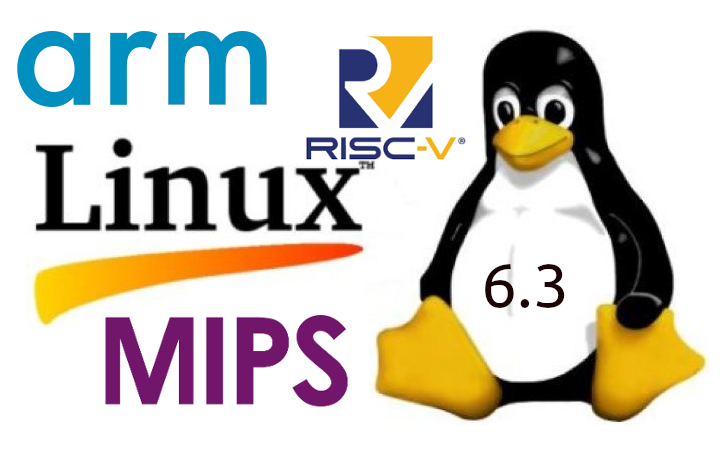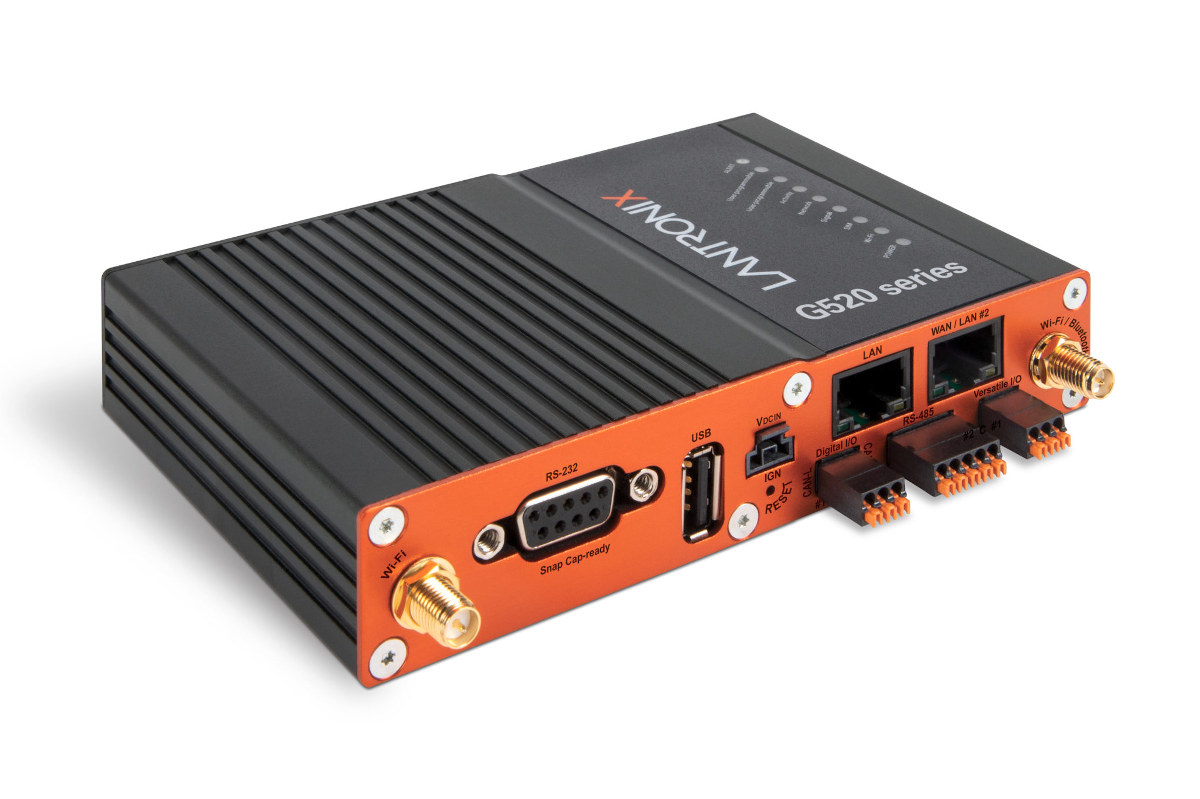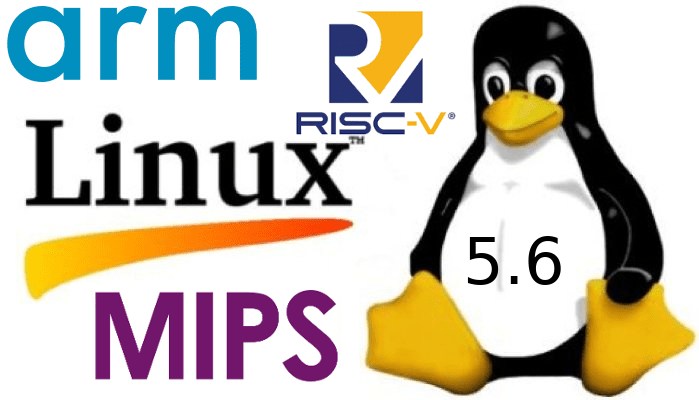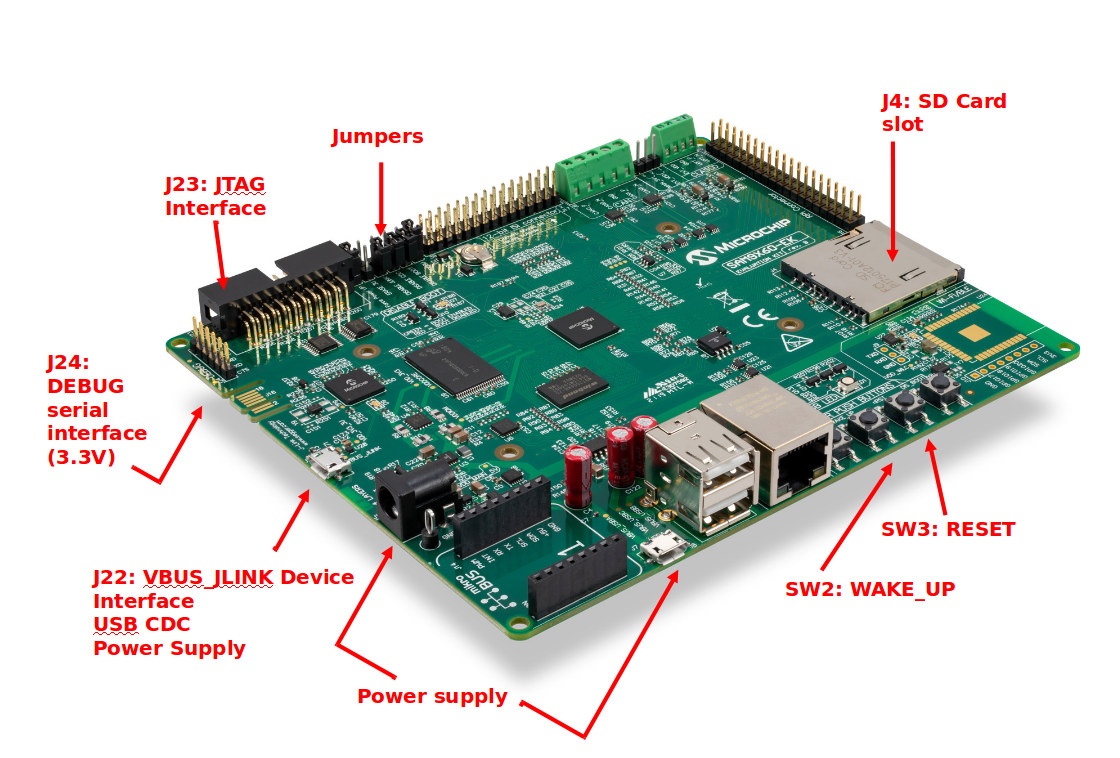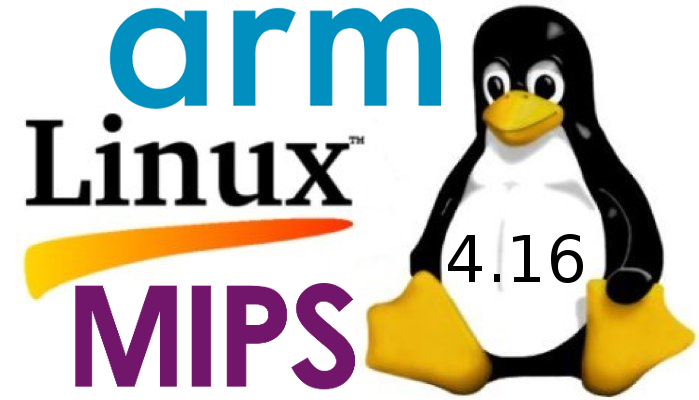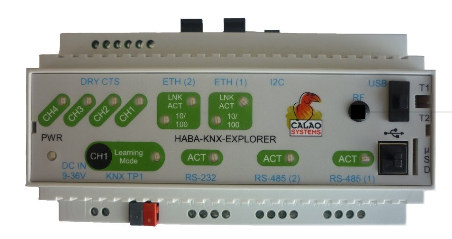Linux Torvalds has just announced the release of Linux 6.3 on the Linux Kernel Mailing List (LKML): It’s been a calm release this time around, and the last week was really no different. So here we are, right on schedule, with the 6.3 release out and ready for your enjoyment. That doesn’t mean that something nasty couldn’t have been lurking all these weeks, of course, but let’s just take things at face value and hope it all means that everything is fine, and it really was a nice controlled release cycle. It happens. This also obviously means the merge window for 6.4 will open tomorrow. I already have two dozen pull requests waiting for me to start doing my pulls, and I appreciate it. I expect I’ll have even more when I wake up tomorrow. But in the meantime, let’s enjoy (and test) the 6.3 release. As always, the shortlog […]
Lantronix G520 cellular gateways target industrial communication, cybersecurity, and transportation
Lantronix G520-series 4G LTE Cat 4 and 5G cellular gateways are designed to address challenges in Industry 4.0, security, and transportation markets with three/four separate gateways all based on an unnamed ARM926EJ-S-based CPU running at 600 MHz that’s most likely Microchip SAM9X60 processor introduced in 2020. All gateways are from the same base with variation for specific markets: G526 Industrial Gateway with LTE Cat 4 Ethernet, Serial, I/O, Fieldbus conversion, and other industrial protocols G527/G528 Security Gateway with LTE Cat 13 or 5G, built-in cryptographic secure element and PSE-PoE G528 Transportation Gateway (coming soon) with LTE Cat 4, GNSS, accelerometer, CAN Bus reading, and other tracking features Lantronix G520-series specifications: SoC – ARM926EJ-S-based processor running at 600 MHz with 32 KB instruction cache and 32KB data cache System Memory – 256MB DDR2 SDRAM Storage – 8MB SPI flash for OS, 256MB parallel NAND flash, MicroSD slot, or USB flash drive […]
Linux 5.6 Release – Main Changes, Arm, MIPS & RISC-V Architectures
Linus Torvalds has just announced the release of Linux 5.6 on the Linux Kernel Mailing List: So I’ll admit to vacillating between doing this 5.6 release and doing another -rc. This has a bit more changes than I’d like, but they are mostly from davem’s networking fixes pulls, and David feels comfy with them. And I looked over the diff, and none of it looks scary. It’s just slightly more than I’d have preferred at this stage – not doesn’t really seem worth delaying a release over. So about half the diff from the final week is network driver fixlets, and some minor core networking fixes. Another 20% is tooling – mostly bpf and netfilter selftests (but also some perf work). The rest is “misc” – mostly random drivers (gpio, rdma, input) and DTS files. With a smattering of fixes elsewhere (a couple of afs fixes, some vm fixes, etc). […]
ARM9 in 2020 – Meet Microchip SAM9X60 SoC & Evaluation Kit
In my first job, I wrote code for a MIPS processor for VoIP phones, then I switched to NEC/Renesas MCUs for CD and DVD players, before going back to Linux and my first experience with an Arm processor: Cirrus Logic EP9307 with a single ARM9 (ARM920T) core clocked at 200 MHz. That was in 2005, and according to Wikipedia various ARM9 cores were released between 1998 to 2006, and now such cores are not recommended for new IC designs with most companies now building their chips around Arm Cortex-A/M/R cores. At the end of last year, we wrote about Banana Pi BPI-F2S SBC based on Sunplus SP7021 “Plus1” quad-core Cortex-A7 processor with ARM9 and 8051 co-processor. Odd enough but at least the ARM9 core is not the main processor, however, while looking at the upcoming Linux 5.6 Linux kernel log I read an entry about a new SAM9X60 ARM926-based SoC […]
Linux 4.16 Release – Main Changes, Arm and MIPS Architectures
Linus Torvalds has just released Linux 4.16: So the take from final week of the 4.16 release looks a lot like rc7, in that about half of it is networking. If it wasn’t for that, it would all be very small and calm. We had a number of fixes and cleanups elsewhere, but none of it made me go “uhhuh, better let this soak for another week”. And davem didn’t think the networking was a reason to delay the release, so I’m not. End result: 4.16 is out, and the merge window for 4.17 is open and I’ll start doing pull requests tomorrow. Outside of networking, most of the last week was various arch fixlets (powerpc, arm, x86, arm64), some driver fixes (mainly scsi and rdma) and misc other noise (documentation, vm, perf). The appended shortlog gives an overview of the details (again, this is only the small stuff in […]
Linux 3.19 Release – Main Changes, ARM and MIPS Architectures
Linus Torvalds released Linux Kernel 3.19 yesterday: So nothing all that exciting happened, and while I was tempted a couple of times to do an rc8, there really wasn’t any reason for it. Just as an example, Sasha Levin used KASan and found an interesting bug in paravirtualized spinlocks, but realistically it’s been around forever, and it’s not even clear that it can really ever trigger in practice. We’ll get it fixed, and mark it for stable, and tempting as it was, it wasn’t really a reason to delay 3.19. And the actual fixes that went in (see appended shortlog) were all fairly small, with the exception of some medium-sized infiniband changes that were all reverting code that just wasn’t ready. So it’s out there – go and get it. And as a result, the merge window for 3.20 is obviously also now open. Linus Linux 3.18 improved performance of […]
Calao Systems Introduces Linux based DIN Rail Home and Building Automation Systems
Calao Systems is an embedded systems company that I came to know thanks to their Snowball development boards based on the now defunct ST Ericsson Nova A9500 processor. The company has now launched new products for building and home automation powered by Atmel AT91SAM9G20 ARM9 processor clocked at 400 MHz housed in a DIN Rail enclosure. Two products are now available HABA-KNX-EXPLORER and HABA-KNX-LITE that share the following specifications: Processor – Atmel ARM926EJ-S @ 400MHz System Memory – 128MB SDRAM Storage – 256MB NAND Flash, 16 Mbit serial flash, 2Kbit EEPROM with MAC address, and Micro SD slot Connectivity Lite – 1x Ethernet 10/100Mbits Explorer – 2x Ethernet 10/100Mbits USB – 2x USB Host FS (12Mbits), 1x USB Device FS (12Mbits) Serial (Explorer only) – 1x RS-232 (isolated), 2x RS-485 (isolated) Automation I/F – 1x KNX/TP1 (isolated) Expansion – 1x RF Expansion Connector Debugging – JTAG and DBGU interfaces Misc […]
Linux 3.16 Released
Linus Torvalds announced the release of Linux Kernel 3.16 over the week-end: So nothing particularly exciting happened this week, and 3.16 is out there. And as usual (previous release being the exception) that means that the merge window for 3.17 is obviously open. And for the third time in a row, the timing sucks for me, as I have travel coming up the second week of the merge window. Many other core developers will be traveling too, since it’s just before the kernel summit in Chicago. So we’ll see how the next merge window goes, but I’m not going to worry about it overmuch. If I end up not having time to do all the merges, I might delay things into the week of the kernel summit, but I’ll hope to get most of the big merging done this upcoming week before any travel takes place, so maybe it won’t come […]


